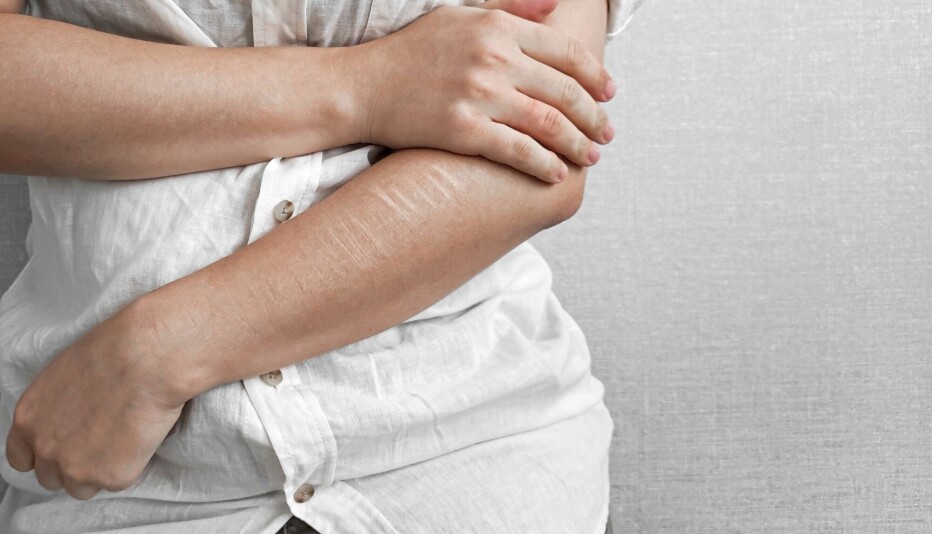
Risk of running out of ventilators for COVID-19 patients in Norway significantly reduced
The risk that Norway might need more than 500 ventilators for corona patients has been reduced from 99,5 per cent to 5,5 per cent, according to the most recent calculations from the Norwegian Institute of Public Health, NIPH.
The most recent modelling forecasting how the COVID-19 pandemic will develop in Norway shows that the reproduction number R has decreased from 1,41 to 1,19 within one week.
This number tells us how many people one infected person will in turn infect.
The most recent calculation of 1,19 from Wednesday this week, looks at the time period after new measures were enforced on October 26th. The calculations from the week before looked at numbers for the period after October 1st.
Less explosive
The decrease in the R-number means that coronavirus infections are still on the increase in Norway – but at a much slower pace than previously. This in turn has a great impact on the NIPH's calculations for how the pandemic will develop, given that the level of infection remains at the same level as today.
With today's level of infection, the NIPH calculates that the pandemic will peak in March/April. A week ago, the models showed a possible peak in February/March.
This delay in the infection peak can turn out to be important, as it is expected that a vaccine may be available come next year. If so, then Norway might have time to vaccinate more people before the spread of the virus reaches peak level.
Lowers the need for ventilators
The most recent analysis also shows that the likelihood of overwhelmed hospitals in crisis mode has decreased considerably given today's level of the spread of infection.
A week ago, when the R-number was 1,41, the NIPH calculated that the risk of needing more than 500 ventilators at hospitals was at 99,5 per cent, given the same development in infection rates. They also caculated an 18,5 per cent risk that Norway would need more than 1000 ventilators.
This was the kind of scenario that Minister of Health, Bent Høie warned against at the government press conference on November 9th. At the press conference, the minister showed a picture of a graph with an arrow pointing to the roof.
“If we do not stop the spread of the coronavirus now, we may be facing a Christmas of disease, death and overwhelmed hospitals”, he warned.
A week and a half later, the NIPH's calculations suggest that Norway is about to avoid such a scenario.
None of the NIPH models now show a need for more than 1000 ventilators during the pandemic. The risk of needing 500 ventilators, calculated with today’s infection rate, is 5,5 per cent.
Enough capacity
Under normal circumstances, Norway has 289 ICU beds, but the health services have plans that enable an increase of this to 1200 beds if needs be. In total, Norway has 1100 ventilators, according to the Ministry of Health and Care Services. The need for ventilators will therefore not surpass the capacity, given the current infection rate, according to the NIPH-calculations.
If the coronavirus is spread at the same rate as today, the NIPH still calculates around 1800 new cases per day in the coming week, 190 hospitalisations and 19 patients on ventilators.
“The trend is a clear increase in infections”, the NIPH write.
The new calculations also break the numbers down by region. The R-number is highest in the capital Oslo, at 1,43, and lowest in Agder in Southern Norway, at 0,56.
305 people have so fra died from COVID-19 in Norway.
Translated by: Ida Irene Bergstrøm
———
Read the Norwegian version of this article on forskning.no































